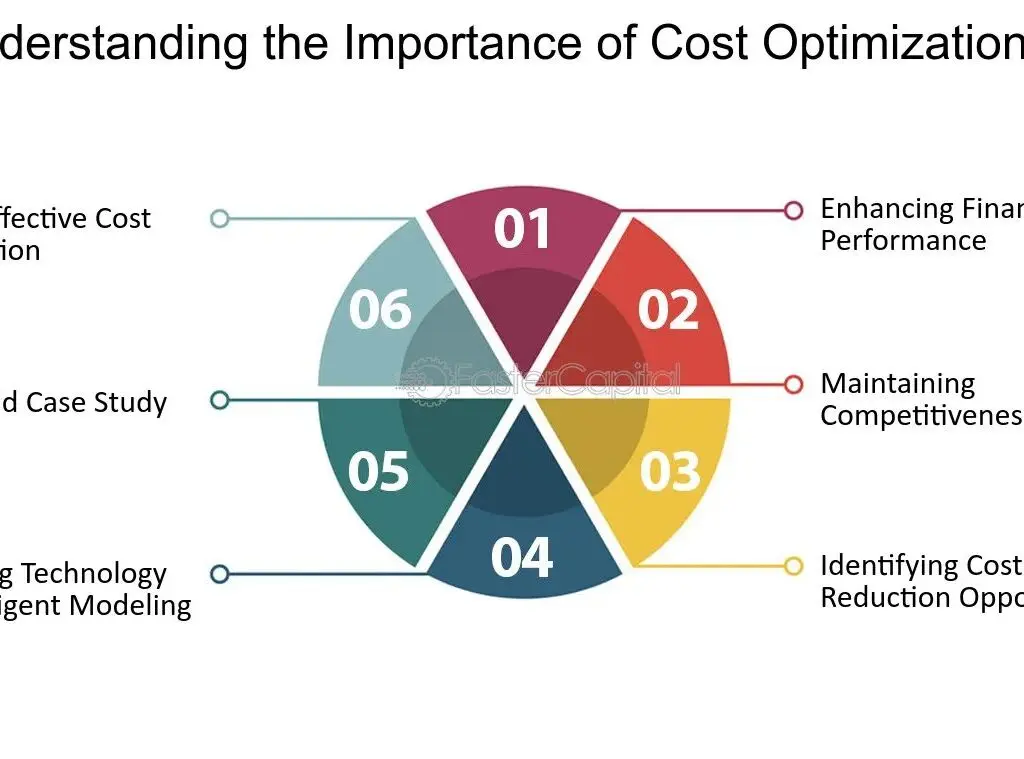Introduction
Vendor relationships are the backbone of successful businesses. But managing multiple vendors effectively? That can be a challenge. This is where AI steps in, transforming vendor relationship management (VRM) from a manual, time-consuming process into a seamless, data-driven strategy. In this article, we’ll explore how AI models are revolutionizing VRM, making interactions smoother, more efficient, and more profitable.
The Importance of Vendor Relationship Management
Before diving into AI, let’s establish why VRM matters. Businesses rely on vendors for supplies, technology, and services. A strong vendor relationship leads to better pricing, improved quality, and faster deliveries. However, without proper management, miscommunication, inefficiencies, and cost overruns can plague operations.
How AI is Transforming Vendor Relationship Management
1. AI-Powered Data Analytics

AI-driven analytics provide businesses with real-time insights into vendor performance. By analyzing historical data, AI can predict vendor reliability, delivery times, and potential risks.
2. Automated Vendor Selection
Choosing the right vendor is no longer a guessing game. AI models can analyze supplier data, industry benchmarks, and contract history to recommend the best vendors based on cost, quality, and reliability.
3. Smart Contract Management

Gone are the days of manual contract management. AI-powered contract management systems can automatically review terms, track compliance, and send alerts for renewals or renegotiations.
4. Predictive Risk Management
AI helps businesses stay ahead of potential vendor-related risks. Machine learning models can assess geopolitical issues, supply chain disruptions, and economic fluctuations to provide early warnings.
Fashion and Identity: How Clothing Choices Reflect Who We are
5. Enhanced Communication and Collaboration
AI-driven chatbots and virtual assistants facilitate seamless communication between businesses and vendors. These tools can handle inquiries, schedule meetings, and resolve disputes efficiently.
6. Personalized Vendor Insights
AI models can tailor recommendations based on specific business needs, helping companies identify the best vendors for different projects and services.
7. Demand Forecasting for Better Procurement
Predicting demand is crucial in vendor management. AI-driven forecasting helps businesses plan purchases accurately, reducing costs and minimizing stock shortages.
8. Intelligent Pricing and Cost Optimization

AI can analyze market trends, competitor pricing, and vendor costs to negotiate better deals, ensuring businesses get the most value from vendor partnerships.
9. Performance Tracking and Benchmarking
AI enables continuous monitoring of vendor performance. Businesses can set key performance indicators (KPIs) and use AI to track adherence to service-level agreements (SLAs).
Using AI for Predicting Supply Chain Disruptions in Manufacturing
10. Fraud Detection and Compliance Monitoring

AI models can identify anomalies in vendor transactions, flagging potential fraud and ensuring compliance with industry regulations and policies.
11. AI-Driven Dispute Resolution
Disputes between vendors and businesses are inevitable. AI can streamline resolution by analyzing past disputes, suggesting fair solutions, and automating mediation processes.
12. Real-Time Vendor Scorecards
AI-based scorecards provide businesses with up-to-date vendor ratings based on performance, reliability, and cost-effectiveness, enabling better decision-making.
13. AI-Enabled Strategic Sourcing
AI simplifies the sourcing process by evaluating global suppliers, assessing geopolitical risks, and recommending optimal sourcing strategies.
14. Cybersecurity and Data Protection in Vendor Management

With increasing cyber threats, AI-driven security systems monitor vendor networks for potential vulnerabilities, ensuring secure transactions and data protection.
15. Future Trends in AI and Vendor Management
The future of AI in VRM looks promising. From blockchain integration to autonomous decision-making, AI will continue to redefine how businesses interact with vendors.
The Evolution of Fashion Trends: A Look Back at the Last Decade
Conclusion
AI models are reshaping vendor relationship management, making processes more efficient, secure, and data-driven. Businesses leveraging AI for VRM gain a competitive edge by optimizing vendor selection, reducing risks, and improving collaboration. As technology advances, AI’s role in VRM will only become more significant, paving the way for smarter and more strategic vendor partnerships.
FAQs
1. How does AI improve vendor selection?
AI analyzes vendor data, past performance, and industry benchmarks to recommend the most reliable and cost-effective vendors.
2. Can AI prevent vendor fraud?
Yes, AI can detect anomalies in transactions, flagging suspicious activities and ensuring compliance with regulatory standards.
3. What AI tools are used for vendor relationship management?
AI tools like machine learning models, chatbots, predictive analytics, and contract management platforms enhance vendor interactions and decision-making.
4. Is AI expensive to implement for vendor management?
While AI implementation requires an initial investment, it ultimately reduces costs by optimizing procurement, minimizing risks, and automating tasks.
5. How can small businesses use AI for VRM?
Small businesses can leverage AI-powered cloud-based VRM platforms to enhance vendor selection, communication, and performance tracking without heavy IT infrastructure.


